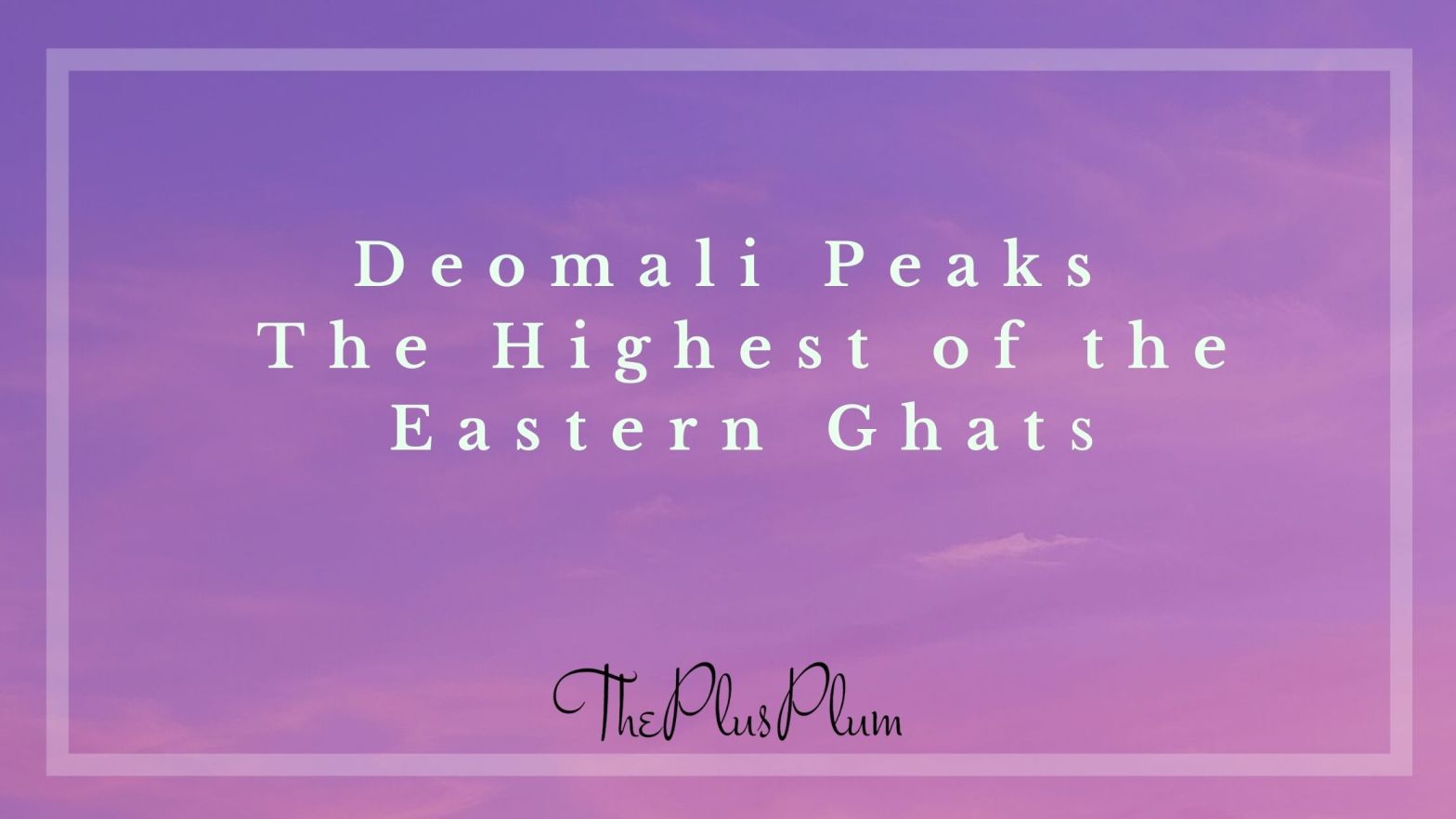At school, I am sure you must have sketched scenery in your drawing book. Isn’t it? Deomali is that, in real form. Right in front of you, you have some mountains piling over each other, with a small stream of river snaking down & cruising through green meadows.
Deomali Peak is the highest mountain in Orissa and the highest in the whole of the Eastern Ghats, with an elevation of around 1,672 metres. Deomali Hill is a peak in the Chandragiri-Pottangi subrange of the Eastern Ghats. It is situated near Doodhari village which is 35 km from Koraput.
The beauty of the hill range and picturesque 5km-long flat surface atop the mountain, where an ‘m’ shaped peak can be spotted, would leave a lasting impression on a visitor’s mind.
The best time to visit the hills is either in winter or during the summer. Tourists will face problems at certain patches only during the rainy season, due to bad roads.
The peak is rich in flora and fauna and is surrounded by dense green trees. This range of hills is rich in minerals such as bauxite, calcareous, and gemstones.
Inhabited by tribes such as Kandhas, Parajas, Bhumia, Malis and Bhotras, Deomali is dotted with brooks and deep valleys. These tribes possess rich and special ethno-medicinal skills to use plant and animal resources to treat different ailments.
Deomali can be called a ‘Sky Island’ of biodiversity.
The hill ranges support two river systems such as Kerandi and Kunduli that support a large number of wetland plants and animals in the region. The Kunduli river system supports a variety of traditional agricultural systems that have maintained large numbers of germplasm. The hill streams provide habitats including rare ornamental species for a variety of fish fauna.
From a point of view of studying flora, these hill ranges represent an assemblage of Himalayan and South Indian hill top plants; Rubus ellipticus and Gallium asperfolium are Himalayan components, while Hypericum mysorense, Emilia zealanica, and Gunuura lycopersici arifolia are the southern Indian hill plants.
Strobilanthes jeyporensis, a shrub that occupies humid ravines, is endemic to the area, and is also classified as endangered. Similarly, on the hilltop, exacum bicolor, a rare medicinal herb, also grows in abundance.
Deomali also harbors a great many species of ferns. The Ranges of Deomali Hill are the habitats of many endangered and endemic macrofungi. Some of the characteristic species from Deomali are the rediscovery of the endemic Jeypore hill gecko and record of the beddome skink and stripe-necked snake . Record of a new Caecilian amphibian species Gegenophis Orientalis from Deomali is the first Eastern Ghats testomatan caecilian.Presence of a large number of rare, exotic and endangered plant and animal species, unusual hill ecosystem that supports traditional agro-ecosystems, and rich traditional knowledge call for biodiversity conservation in the Koraput district of Odisha’s Deomali Hill ranges.
The majestic view of the mountains is so gorgeous that you’ll never get enough of it.
The various layers of high and low hill ranges, with the sun playing hide and seek, and the occasional rains adding to the beauty, is just what you cannot miss out on.
For hang gliding, mountaineering and trekking it’s not only a treat for the travelers but also for adventure enthusiasts.
How to reach: From Koraput town, Deomali is around 60-65 odd kms, and the roads are pretty good.
What to wear: The place witnesses frequent short showers, so do carry a rain-cum-wind cheater, as it also might get chilly towards the end of the day.
What to carry: Carry your own water and food, as there are no shops for miles. Also, no restrooms at the top!!

